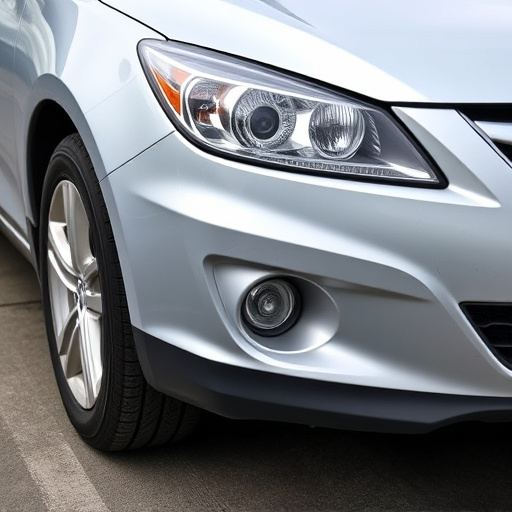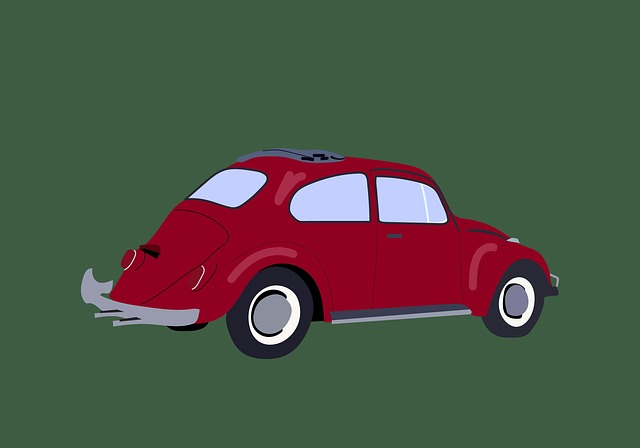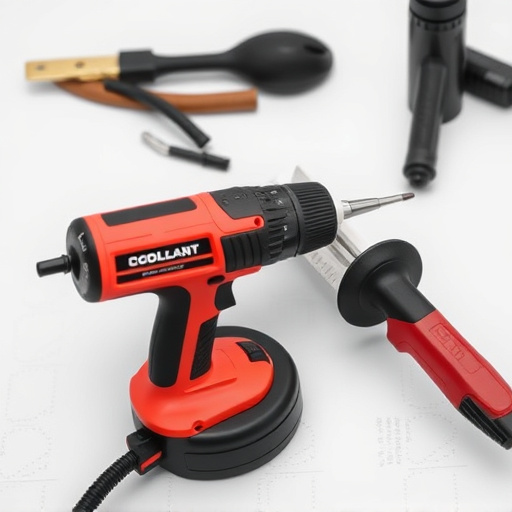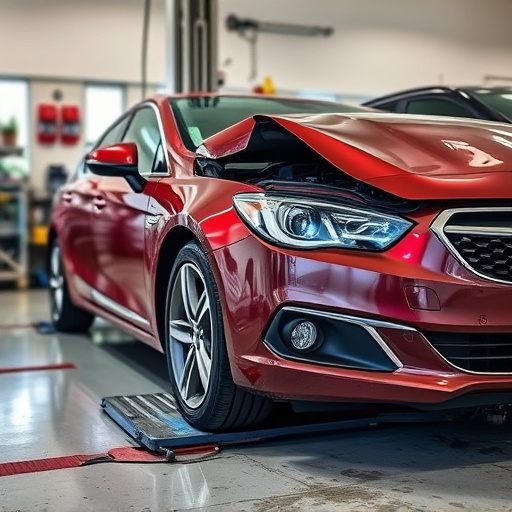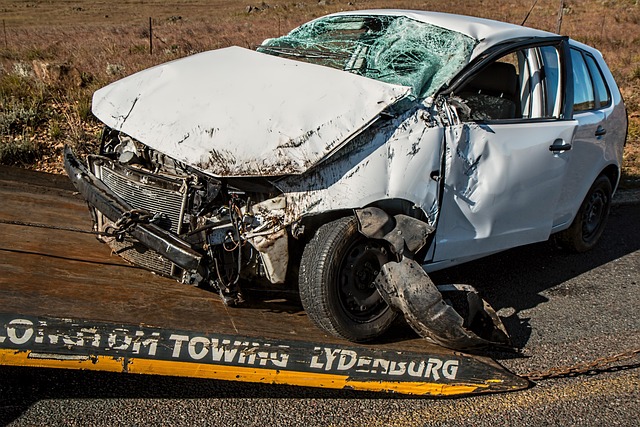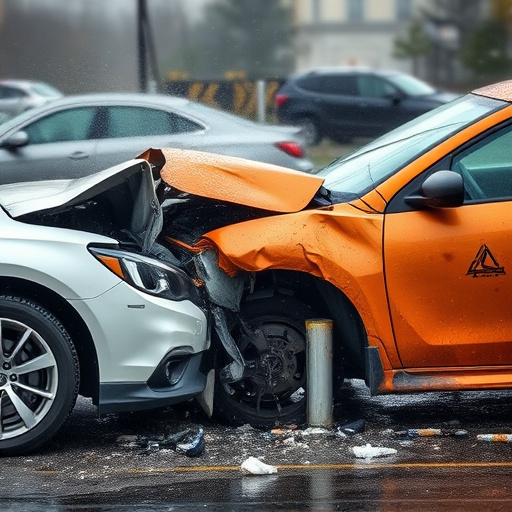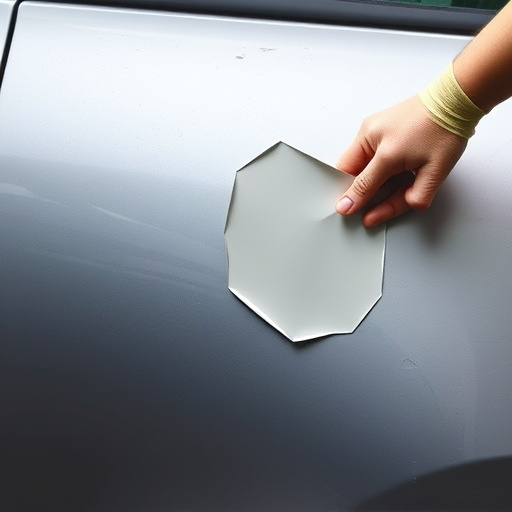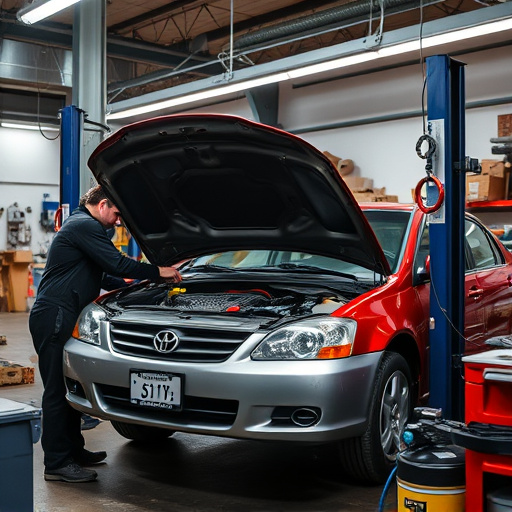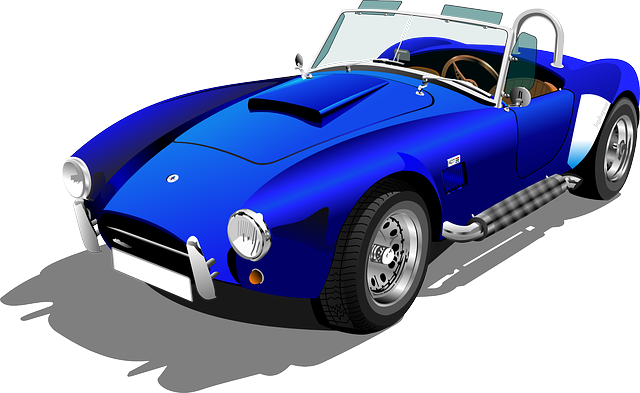Aftermarket bumper repair techniques, primarily welding and adhesives, cater to growing demand for affordable, efficient solutions in the automotive industry. Welding, a traditional method using heat, is ideal for severe dents, while adhesive bonding offers convenience and faster repair times with minimal finish alterations. Choosing between them depends on damage extent, desired outcome, and cost, balancing durability, aesthetics, and structural integrity to achieve optimal vehicle restoration.
Considering aftermarket bumper repair? You have options! This guide explores two popular techniques: welding and adhesives. Learn the pros and cons of each method to make an informed decision for your vehicle’s restoration. From durability to cost, understanding these differences is key to a successful and long-lasting fix. Discover which approach aligns best with your needs and get ready to restore your bumper to its former glory.
- Understanding Aftermarket Bumper Repair Techniques
- Welding vs Adhesives: Pros and Cons for Bumper Repairs
- Choosing the Right Method for Your Vehicle's Restoration
Understanding Aftermarket Bumper Repair Techniques

Aftermarket bumper repair techniques have evolved to meet the growing demand for cost-effective and efficient solutions in the automotive industry. Understanding these methods is key when considering repairs for your vehicle’s front or rear protector. Two prominent approaches stand out: welding and adhesives. Welding, a traditional method, involves joining metal components together by melting them with heat, creating a strong bond. This technique is often employed for more severe dents or damage, ensuring structural integrity is restored. On the other hand, adhesive bonding has gained popularity as an alternative due to its convenience and reduced downtime. Specialized car body shops use advanced adhesives designed to mimic the strength of welds while offering the advantage of faster repair times and minimal finish alterations.
Car dent repair, whether through welding or adhesives, should be handled by experienced professionals in a reputable car body shop. These experts possess the skill set and tools required to accurately assess damage, select the right repair method, and ensure your bumper looks as good as new. Body shop services for aftermarket bumper repair can significantly extend the lifespan of your vehicle’s protective barriers, enhancing its overall aesthetic appeal and safety.
Welding vs Adhesives: Pros and Cons for Bumper Repairs
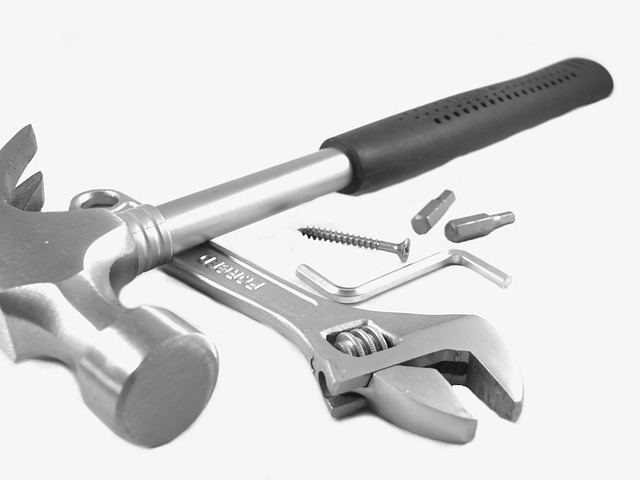
When it comes to aftermarket bumper repair, choosing between welding and adhesives is a crucial decision that can impact the durability and aesthetics of the final fix. Both methods have their merits and drawbacks, each offering unique advantages in specific scenarios.
Welding, often favored for its strength and longevity, involves fusing metal components together, creating a robust bond. It’s ideal for severe bumper damage, ensuring structural integrity. However, it may leave visible weld marks, requiring additional car paint services to match the original finish. On the other hand, adhesives provide a discreet repair option as they blend seamlessly with the existing surface. They are particularly useful for less extensive dents and dings, making them a popular choice in collision centers for quick turnarounds without compromising quality. Yet, adhesive strength might not match welding’s resilience, especially in high-stress areas of the bumper.
Choosing the Right Method for Your Vehicle's Restoration

When considering aftermarket bumper repair, selecting the optimal method for your vehicle’s restoration is key. It largely depends on various factors, such as the extent of damage in car bodywork or vehicle dent repair needed, the desired outcome, and cost considerations. For minor dents or scuffs, adhesive-based repairs can be efficient and cost-effective solutions, offering a seamless finish that blends with the existing body.
For more extensive auto body restoration projects involving significant damage, welding might be the preferred choice. Welding provides exceptional strength and durability, ensuring structural integrity in bumper repair. It’s ideal for restoring heavily damaged components to their original condition, enhancing safety and aesthetics. Ultimately, the decision should balance effectiveness, cost-efficiency, and visual appeal, aligning with your vehicle’s overall restoration goals.
When considering aftermarket bumper repair, understanding the techniques and their pros and cons is key. Welding offers strength and longevity but may not be suitable for all vehicle types or damages. Adhesives provide a simpler, faster solution, ideal for minor bumps and scratches. The best method depends on your specific needs; both welding and adhesives play significant roles in restoring your vehicle’s exterior to its full potential.
